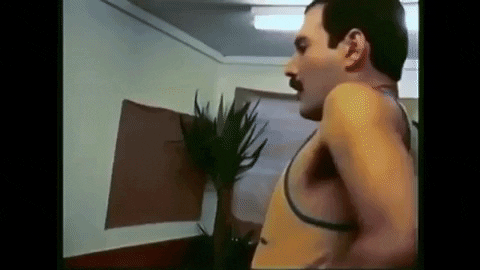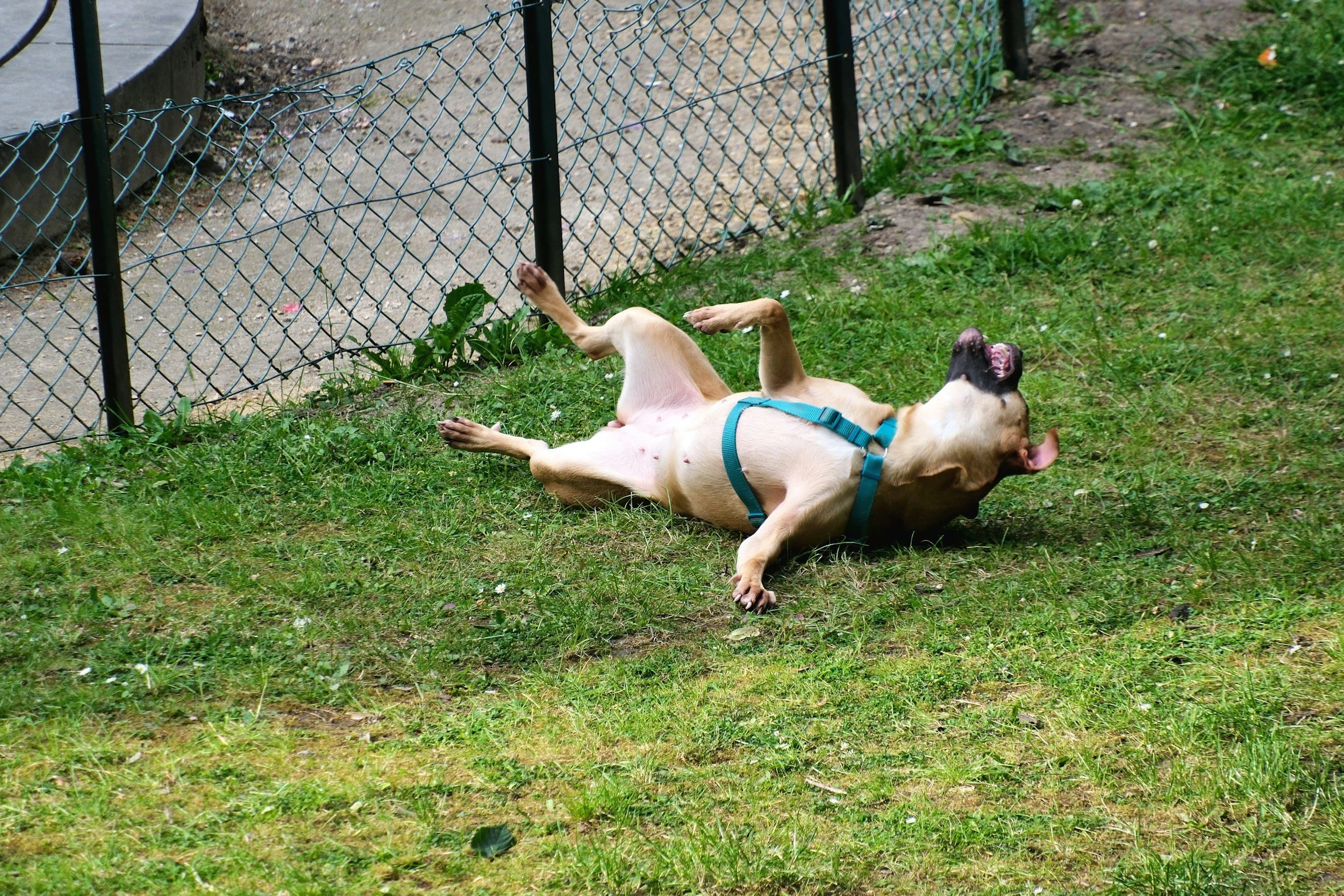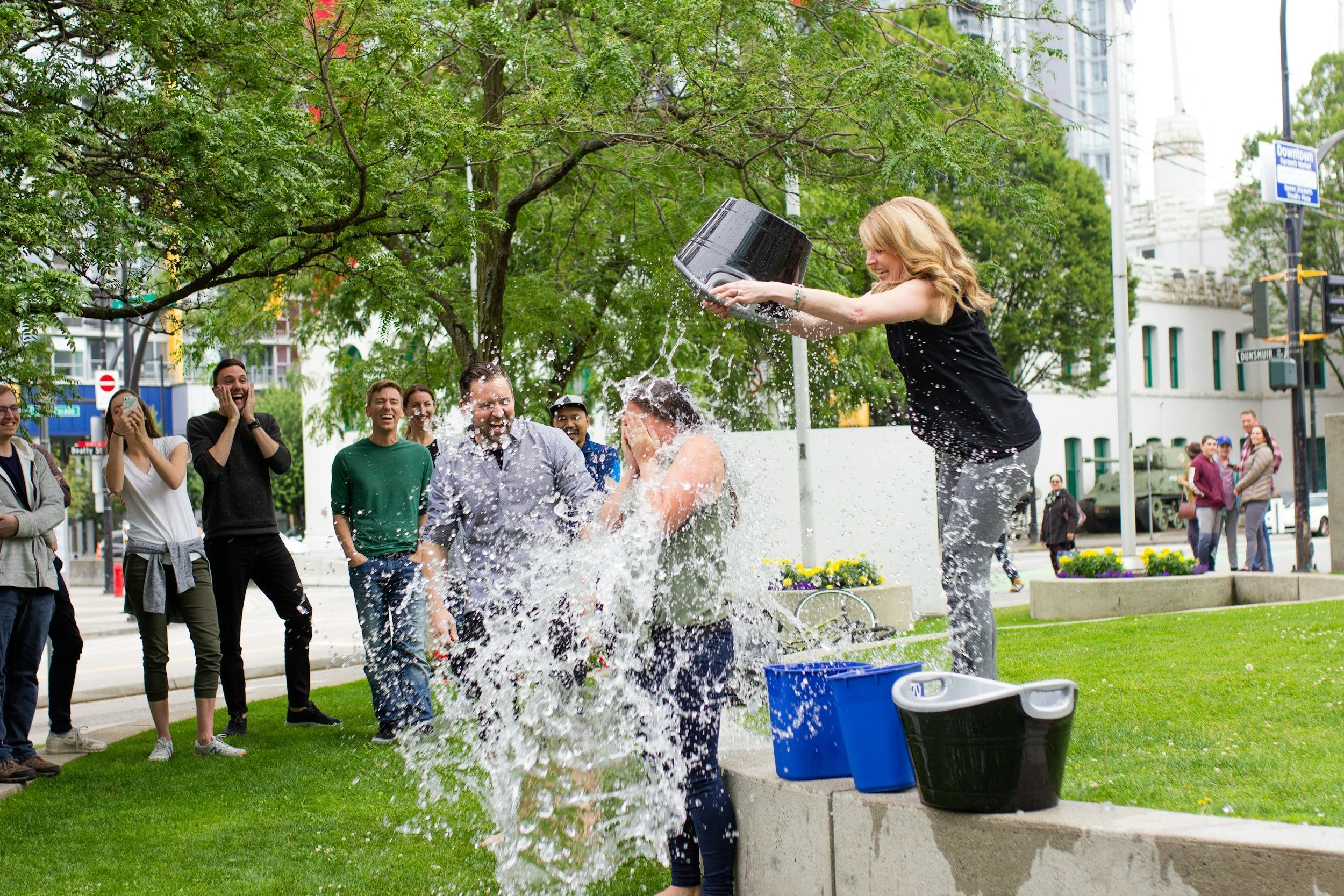Hot Start, Cool Finish: The Science of Warming Up and Cooling Down
Imagine you’re motivated to go to the gym. You have your best workout clothes on, pre-workout in your shaker, and you even put on the right tennis shoes. You are ready to make those gains. As you walk into the gym, you go straight to the treadmill to warm up. Let’s face it, is that really the best way to warm- up? What about after your work out? Pretend you pumped your muscles up for an hour, you’re feeling swole. You grab your gear and head out the door, aren’t you missing something? Your muscles are screaming at you, “what about the cool down?!” Warming up and cooling down are important for a successful workout. In this blog post we are going to break down the bennies of warming-up, cooling down, and how different movements are meant for both. Let's start at the beginning of your workout.
👟 Warm Up, Don't Blow Up: Why Prepping Your Body Matters
Let’s get one thing straight: your body is not a microwave dinner. You can’t go from frozen to sprinting in 30 seconds. Skipping your warm-up is like launching a rocket without checking the fuel lines—dangerous, dramatic, and liable to end in tears (or worse, hamstring tears).
🏃♂️➡️ Warming-up: Why Prepping Your Body is a Big Deal
I don't know of many cases where going cold turkey is beneficial. Don't begin your work outs cold turkey! Warming up increases blood flow, gradually elevates heart rate, and raises muscle temperature. Warming up your body makes you more limber and less prone to injury. Think of it as gently waking your muscles up with a cup of coffee and a “good morning” text, instead of shouting “GO!” in their face.
Benefits of the Warm-Up:
Boosts muscle performance
Enhances joint mobility
Primes the cardiovascular system
Decreases risk of injury
Improves mental focus
To stretch or not to stretch. That is the question?!
Did you know there are different types of stretches? The types are called static and dynamic stretching. It's important to understand the difference of both types and when we should be performing each. Let's dive in!
Static vs. Dynamic Stretching: The Stretching Smackdown
Static Stretching = Holding a stretch for 15–60 seconds while a muscle is at rest.
Dynamic Stretching = Moving a muscle group through a full range of motion repeatedly.
I don't know about you, but as a child I went through gym class starting out with static stretches. Contrary to gym class, warming up with static stretches isn't the best idea. With warming up, it is important to perform dynamic stretches before your workout.
🔍 Why Static Stretches Are NOT for Warm-Ups:
Research shows static stretching before a workout can temporarily weaken muscle performance. It’s like asking your quads to run after tucking them into bed. Save the static moves for after the action.
🚀 Dynamic Stretching: The Pre-Workout MVP
Dynamic stretching involves controlled, active movements that gently take your joints and muscles through their full range of motion. Unlike static stretches (which you hold), dynamic stretches keep you moving — preparing your body for exactly what it’s about to do: move.
🧬 Why Dynamic Works — Let's Get Physiological!
Raises Core Temperature & Muscle Elasticity
Movement increases your body’s core temperature, making your muscles warmer, more pliable, and ready to contract efficiently — which reduces the risk of strains or tears.
Improves Joint Lubrication and Range of Motion
Moving your limbs through their range activates synovial fluid in the joints. Think of it like oiling your hinges before opening the door — everything works more smoothly.
Activates the Nervous System
Dynamic stretching "wakes up" your neuromuscular system — sharpening coordination, balance, and reaction time. It tells your body, “We’re about to run, jump, lift — get ready!”
Increases Heart Rate Gradually
Unlike going from 0 to 60, dynamic stretching gradually elevates your heart rate, prepping your cardiovascular system for exercise in a safe, effective way.
Mimics Sport-Specific Movements
You can tailor dynamic stretches to your workout. Runners can do leg swings and high knees; lifters can use bodyweight squats and arm circles. This mentally and physically primes your body for action.
Need a dynamic stretch routine? We got your back!
🔥 Dynamic Warm-Up Routine (5–10 minutes):
Do each for 30–60 seconds:
Leg Swings
Forward/backward & side-to-side. Loosens hips and hamstrings.
Arm Circles
Forward and backward. Opens up the shoulders.
High Knees
March or jog in place. Gets your heart rate up.
Butt Kicks
Run in place, kicking heels to glutes.
Walking Lunges with a Twist
Adds core rotation to leg activation.
Inchworms
Hamstring stretch + upper body wake-up.
Toy Soldiers
Alternating straight-leg kicks, reaching opposite hand to foot.
🧊 Cool Down, Not Shut Down: Why Cooling It Matters
Once the workout ends, your heart, lungs, and muscles deserve a graceful return to Earth. Cooling down gradually slows your heart rate, prevents blood pooling, and reduces next-day soreness (DOMS, we see you 👀). In this case, static stretching is the MVP!
🧘♂️ Static Stretching: The Post-Workout Chill Pill
After a workout, your muscles are warm, pliable, and full of metabolic byproducts like lactic acid. This is the ideal time to lengthen and relax them — and that's where static stretching shines.
🧬 Why Static Stretching Works After Exercise
Enhances Flexibility
After exercise, your muscles are warm and more elastic — this is the safest and most effective time to lengthen them. Over time, consistent static stretching increases your resting muscle length and joint range of motion.
Reduces Muscle Tension & Promotes Relaxation
Static stretching helps "reset" overly tight muscles by signaling your nervous system to relax. Deep breathing while holding stretches also activates the parasympathetic ("rest and digest") system, helping you mentally and physically wind down.
May Help Prevent Post-Workout Stiffness
While it won’t completely eliminate delayed onset muscle soreness (DOMS), static stretching can reduce that tight, stiff feeling by keeping the muscles loose and aiding circulation.
Promotes Blood Circulation & Lactic Acid Clearance
Gentle muscle lengthening paired with slow breathing encourages blood to flush out metabolic byproducts like lactic acid, helping with muscle recovery.
A Moment to Mentally Cool Down
Static stretching provides a built-in “cooling off” period where you can reflect, breathe, and re-engage with a calmer mindset before heading back into daily life.
🧊 Why Static Stretching is Not Cool Before Exercise
Before exercise, static stretching can actually:
Decrease muscle strength and power
Impair athletic performance temporarily
Fail to prepare the body for dynamic movement
🧘 Cool-Down Static Stretch Routine
(5–10 minutes):
Hold each stretch 20–30 seconds, repeat 1–2x per side:
Hamstring Stretch
Sit with one leg extended, reach for your toes.
Quad Stretch
While standing, bend your knee pull one foot toward your glutes.
Calf Stretch
Press heel down behind you in a lunge position.
Child’s Pose
Kneel and stretch arms forward, forehead to floor. Lean your booty back towards your heels.
Figure Four Stretch
Lie on your back, cross ankle over opposite knee and bring knee to your chest.
Upper Trapezius Stretch
Gently tilt head to one side, hold.
🌬 Pro Tip: Incorporate deep belly breathing during static stretches. It lowers cortisol and signals the body to shift into recovery mode.
💡 Final Takeaway from Your Joints
Think of warming up like preheating the oven and cooling down like letting your cake rest. (Because who doesn’t want a metaphor involving cake?)
If NailedIt taught me anything, you never want to frost your cakes warm.
Respect the bookends of your workout, and your body will thank you—with fewer injuries, better performance, and maybe even a PR or two.









